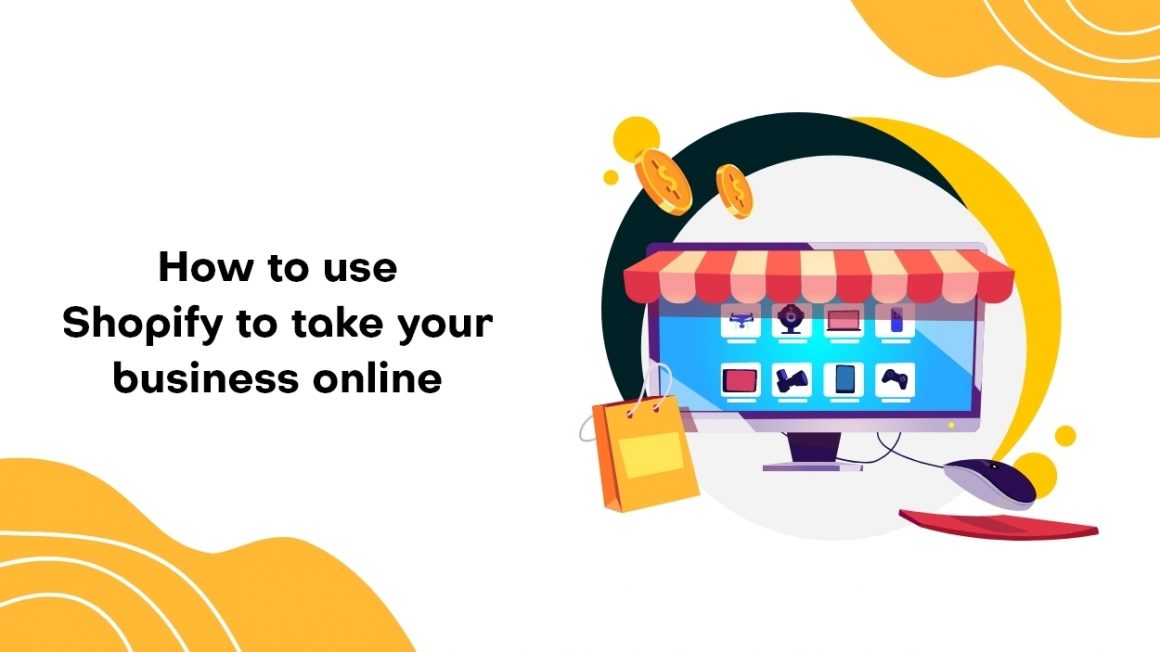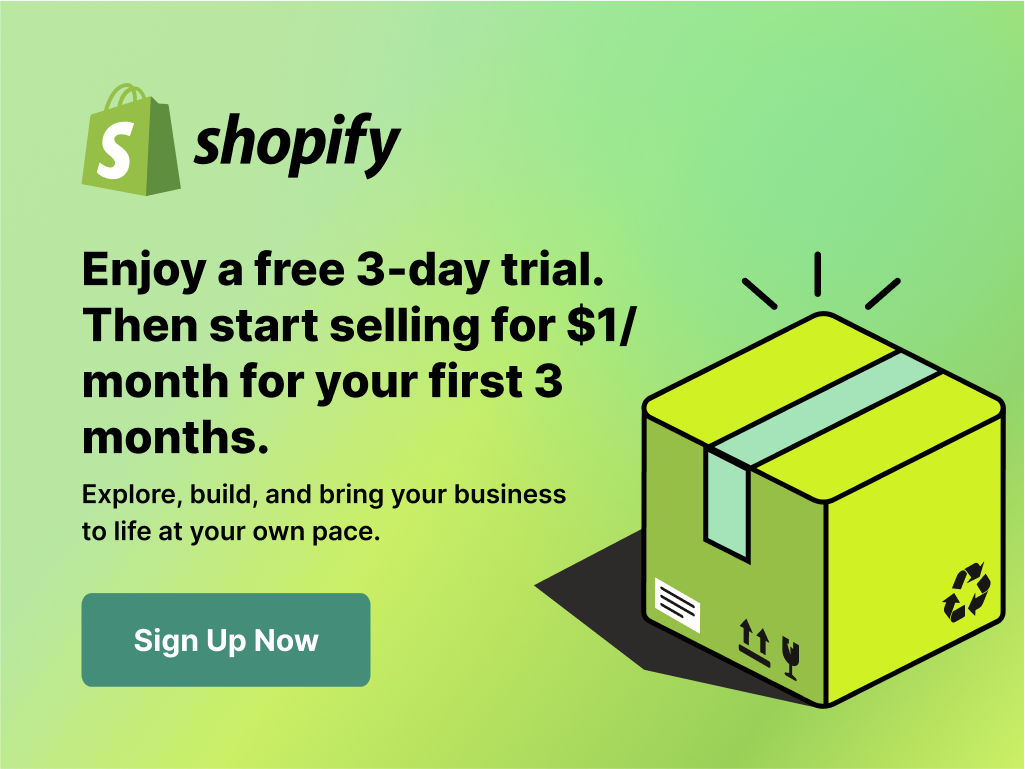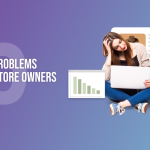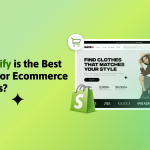Contents
With solutions like Shopify, taking your business online is easy. Shopify is built to help businesses set up their virtual storefront and allow online shoppers to purchase from them, regardless of where they are based. If you want to take your business online, you need to be able to understand how to use Shopify to easily set up your online store.
Learn how to use Shopify to start your online store through this extensive guide. We’ve covered every step you need to take to start selling on Shopify and the different types of businesses that you can start on the platform.
Why Shopify is the Best eCommerce Platform to take Your Business Online
As of Jun 2020, 1,000,000 businesses across 175 countries use Shopify to run their business online. Shopify’s popularity as an eCommerce platform lies in its features and ecosystem. With product management, analytics, discounting, and order management, all built into the dashboard, merchants can sell and manage customers easily.
What’s more, if merchant to set up more specific features, they can by installing the app of their choice through the Shopify App Store. Shopify App Store has more than 4.2K apps available, from marketing to sales to custom design features. This allows merchants to find the exact solution they need for their Shopify store.
Shopify has an ecosystem of app developers, merchants, and experts— all working within the industry and available through online groups and forums. This ecosystem helps merchants build a community they can relate to and get help whenever they face issues. This Shopify ecosystem makes the experience of starting and growing an online business much easier.
Not on Shopify? You can get started on the platform with a free trial now!
How to Use Shopify to Start an Online Business
1. Find your niche
Before you start setting up your online store, you need to plan your business. If you already have a business and are selling through retail channels, you can skip to the 3rd step.
When picking your niche, it’s always important to specialize. Pick a niche that resonates with you, one which you are passionate about. It’s always important to do market research to understand the needs of consumers online and the gaps in the eCommerce industry.
Through your research, you’ll be able to narrow down on a niche that you can make an impact in. Remember the idea is to get a concrete answer to how to use Shopify.
2. Name your business
Once you’ve picked your niche, you need to brand yourself. From picking your business name to defining who your brand is, your branding can make you more identifiable to consumers.
When branding your business, you can ask these questions:
- Who are your potential customers? What are their motivations? What makes them buy from you?
- How would you position your benefits as a brand?
- What kind of brand are you? How do you want to come across to your shoppers?
- What is the tone of voice you want to use within your brand messaging?
Here’s a Shopify brand building guide that walks you through the steps of creating an addictive brand.
3. Sign up on Shopify
Signing up on Shopify is as easy as setting up a free trial. Shopify lets you test out the platform before making you set up a subscription, allowing you to understand how the platform works and letting you understand if the platform is made for you.
Get started with the Shopify free trial.
4. Pick a theme
Once you’ve signed up, the first order of business is picking a theme that you can customize. A Shopify theme is a framework for how your website would look like. These themes are available as free as well as paid, depending on how many customizations are available within the theme. When you’re starting out, especially as a small merchant, it’s best to use a free theme. You can later upgrade to a paid theme.
Looking for Shopify themes that are built to help you convert shoppers? We have designed some free Shopify themes over the years for stores of different industries. Find them here.
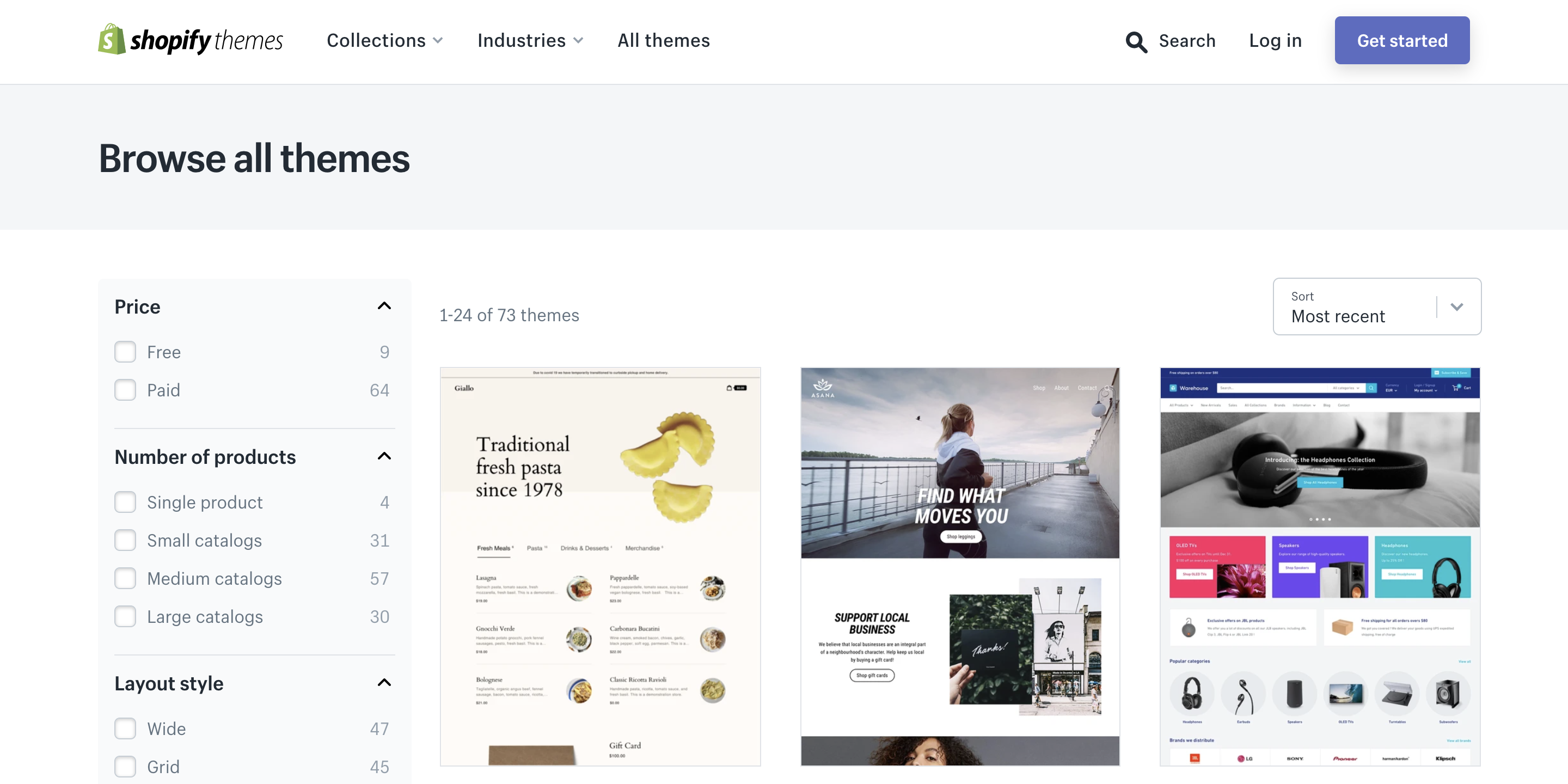
5. Customize your theme
After picking out your theme, it’s time to customize it! You can customize your theme through the Shopify theme editor. Here, you can add new sections like featured products, hero section, and announcement bar, and even customize how each page looks (from storefront to collection page to product page). Copy edits to your storefront are done through the theme editor.
6. Add your products to your online catalog
Through the ‘Products’ page on your Shopify dashboard, you can add your products. Here are some best practices when uploading your products to your Shopify dashboard:
- Ensure that you follow a consistent style for all your product titles.
- Add multiple images of each product to show how it looks.
- Add alt-text for your product images.
- Optimize your product page URL.
- Structure your products and sort them into collections for easy browsing.
- Add a description of the product to entice shoppers to buy the item.
- If possible, shoot and upload a product video. Apps like Typito are perfect to make your product videos.
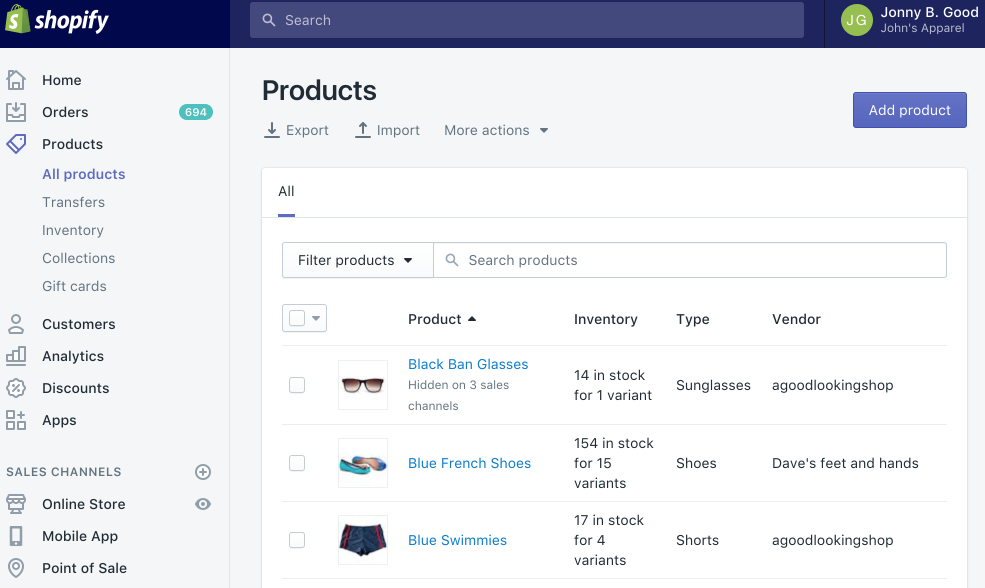
7. Activate payment methods and tweak shipping and taxes.
It’s now time to make your Shopify store shoppable!
Through your ‘Settings’ page on your Shopify dashboard, you can activate multiple types of payment methods. Shopify supports multiple payment methods, from debit cards, UPIs, and credit cards to cash-on-delivery and pay-later schemes. It’s crucial to enable multiple payment methods to allow your shoppers to choose their preferred payment type.
Adjust your shipping rates and taxes based on where your business is registered and taxes and shipping rates levied on you. This can be done through the ‘Settings’ page on your Shopify dashboard. Many merchants miss out on this task since it’s a small change but it’s a crucial step within your set-up tasklist.
8. Enable crucial on-site features to help you sell more
Now that you’ve set up the most important part of your Shopify store, it’s important to analyze your on-site experience and optimize it to provide shoppers with a frictionless experience. To optimize your onsite experience, you can start with these 5 apps:
- Display recommendations using Wiser. These can help you keep customers engaged at different parts of your Shopify store, from the end of your product pages to the cart page.
- Set up a well-designed and branded customer account page using Flits. The Shopify app lets you customize how your customer account page looks and lets you add more personalized features like wishlists and rewards.
- Lower negative experiences by setting up a back in stock automation using Back in Stock – Restock Alerts.
- Build credibility on your store by collecting and displaying reviews using the Photo Reviews and Testimonials app.
- Highlight specific products and build urgency while shoppers are scrolling through your products by adding product labels using ModeMagic. The Shopify app lets you add customized product labels.
You can pick up the best Shopify apps that you need to improve your on-site experience through this blog.
9. Diversify your sales channels
Shopify also allows you to build visibility on other sales channels. You can sell directly from Facebook and Instagram by installing the Facebook app from the Shopify App Store. The Shopify app lets you transform your Facebook and Instagram pages into storefronts where shoppers can directly shop from.
Also read: How to Sell on Instagram for Shopify Stores
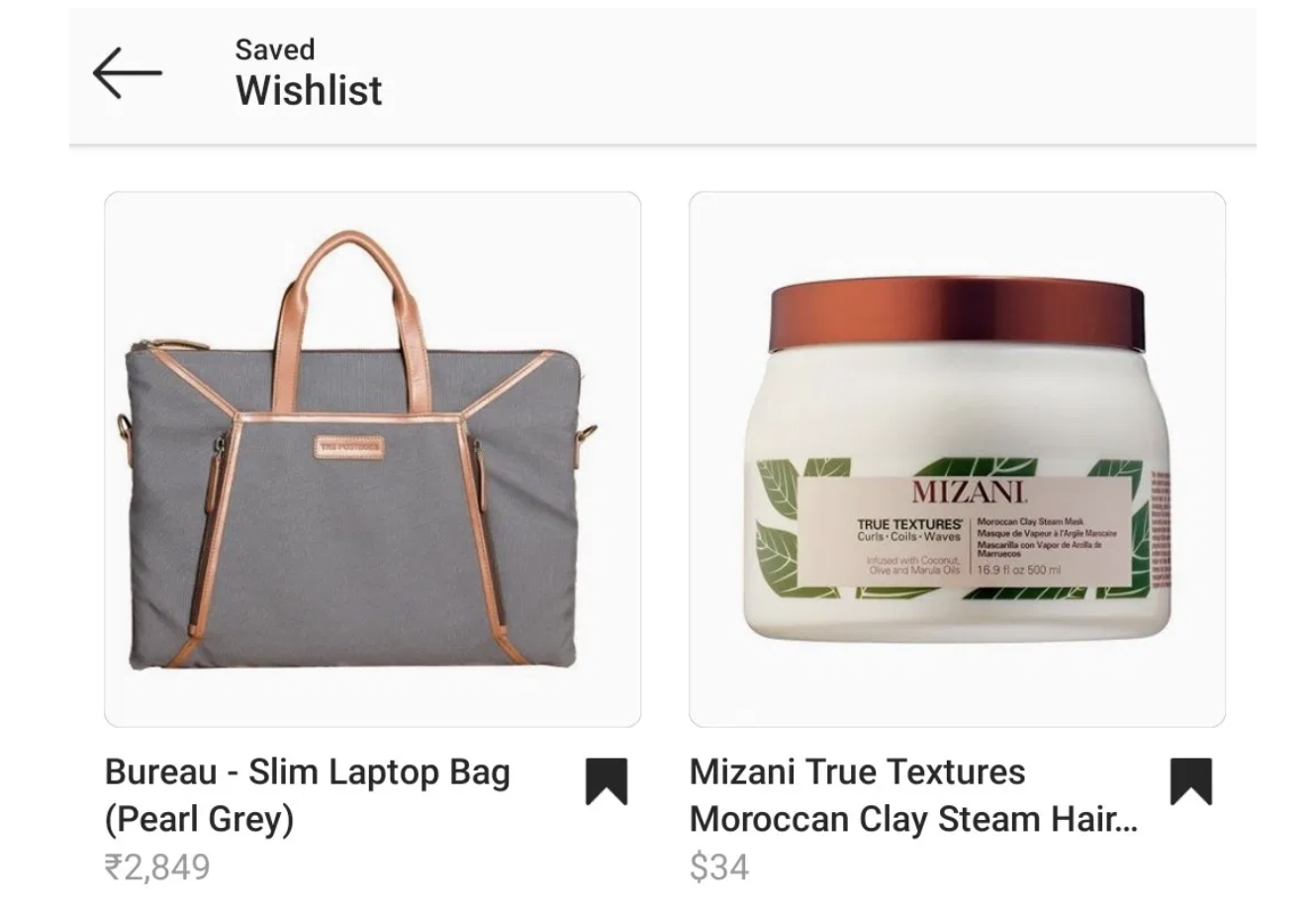
10. Enable marketing
You also need to be able to market your products and capture customers to help you increase Shopify sales. This is where marketing channels like email, SMS, and Facebook Messenger help. Here are a few Shopify marketing apps to help you get started:
- Set up SMS marketing with TxtCart. The Shopify app lets you send SMS campaigns and recover abandoned carts on autopilot.
- Use SmartrMail to promote your brand through email. Email is a powerful channel and is a must-have for every merchant.
- Use Facebook Messenger to connect with your shoppers better. You can send promotions through Facebook Messenger with Recart.
- If WhatsApp is a popular channel among your audience, you can enable the platform for your marketing as well. SuperLemon is a Shopify app made for WhatsApp marketing.
11. Buy your custom domain
Now that you’ve set up your Shopify store and it’s ready to launch, you can buy your custom domain to start selling to the public. This process is fairly simple. You can choose the domain of your choice, see the pricing for your annual subscription for each available domain, and pick the preferred domain. Once you’ve picked your domain, you can set up payment.
You have successfully set up your custom domain! Learn about domain registration on Shopify here. This is an important step on how to use Shopify.
12. Launch your store!
Now that you’ve completed your steps, you can officially launch your Shopify store! Before you do, ensure that you hype your Shopify store’s launch weeks before and build a subscriber list you can promote your store to.
Is Shopify good for beginners?
Yes, Shopify is an intuitive platform. It is easy to grasp, even for people who are new to eCommerce. Shopify’s theme builder is a drag-and-drop editor so even merchants who are just getting started can create their Shopify store design.
Enabling a new feature is also easy on Shopify. You can find the solution you want within the Shopify App Store and it is as easy as a one-click install.
How can I start dropshipping with no money?
You don’t need to invest any money or take a loss to start a dropshipping store. Here’s how you can start a dropshipping store with no money:
Step 1: Once you’ve set up your Shopify store (from the steps above), install a dropshipping app like Oberlo or Spocket. These apps list thousands of products you can curate into your product catalog.
Step 2: You can search through these dropshipping apps to find the products you want to sell. Use specific keywords to find what you’re looking for.
Step 3: Add these items to your Shopify store’s product catalog.
Step 4: Your dropshipping app would have generated an automated product description for the products you added. Edit this description and optimize all copy before you start selling.
And you’re done!
Types of Businesses You Can Set Up on Shopify
If you’re just thinking of starting a business online but aren’t sure what to start with, we’ve listed 14 types of Shopify businesses you can get started with. This list should help you get answers to how to use Shopify.
1. How to use Shopify for a dropshipping business
One type of store that many merchants have set up is a dropshipping store. Such businesses never handle inventory themselves. Their inventory is usually manufactured and managed by a third-party. Dropshipping merchants usually just curate their product catalog, market their business, and generate revenue through the profits.
2. Print on Demand
Print on Demand is a common type of business for many artists. Merchants upload their design onto a print-on-demand solution to white-label products like mugs, hats, and T-shirts. This is similar to drop shipping where the merchant has little cost to bear in terms of inventory.
3. How to use Shopify for a fashion and apparel business
As the largest and fastest-growing industries, fashion and apparel brands sell everything from clothes to jewelry to footwear. Shopify hosts some of the biggest fashion brands, from Fashion Nova to GymShark.
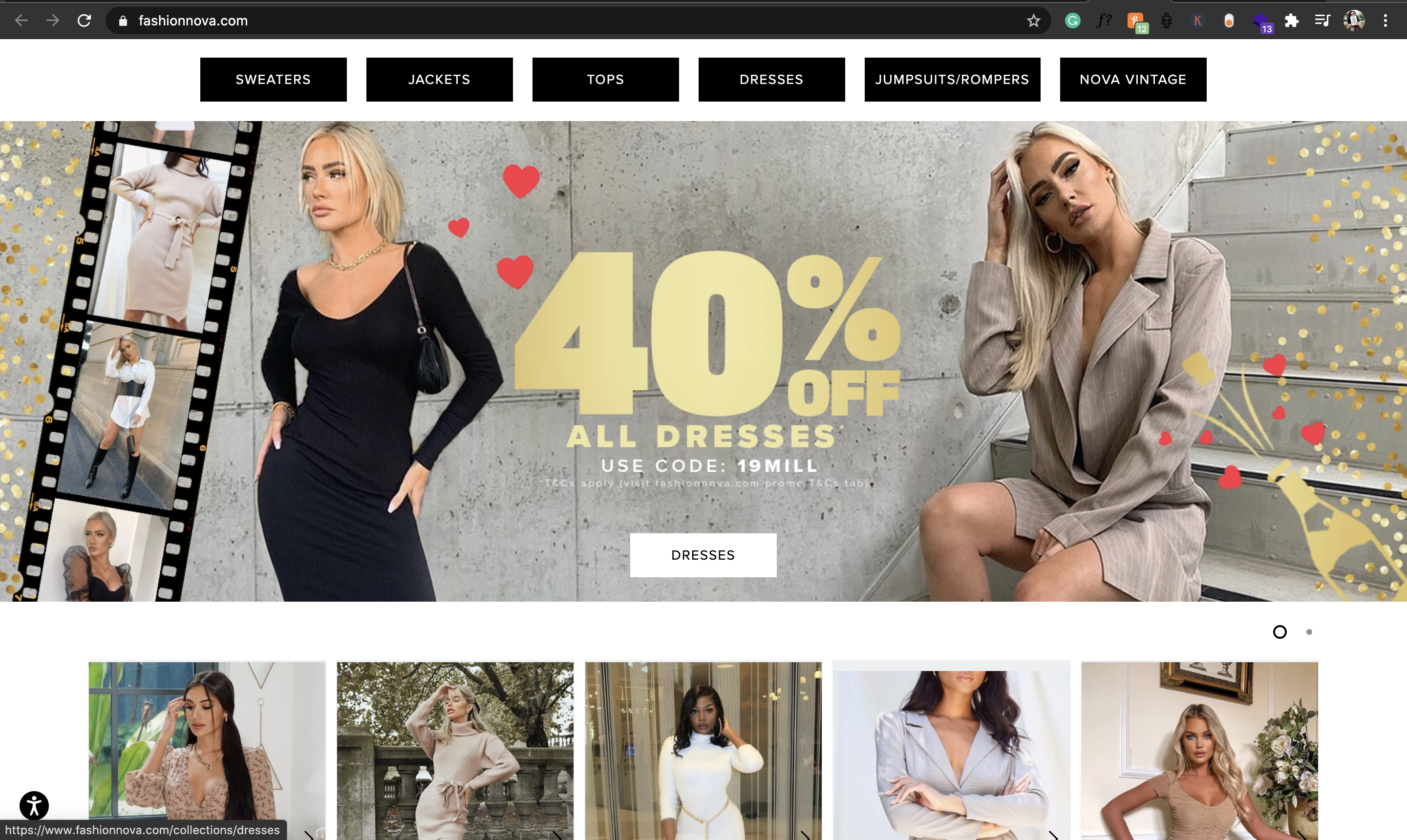
4. How to use Shopify to start a food and beverage business
Many merchants sell food and beverage products online, catering to a larger audience, from tea and coffee to condiments and frozen foods. Brands like Nescafé and Heinz use Shopify to sell their FMCG products.
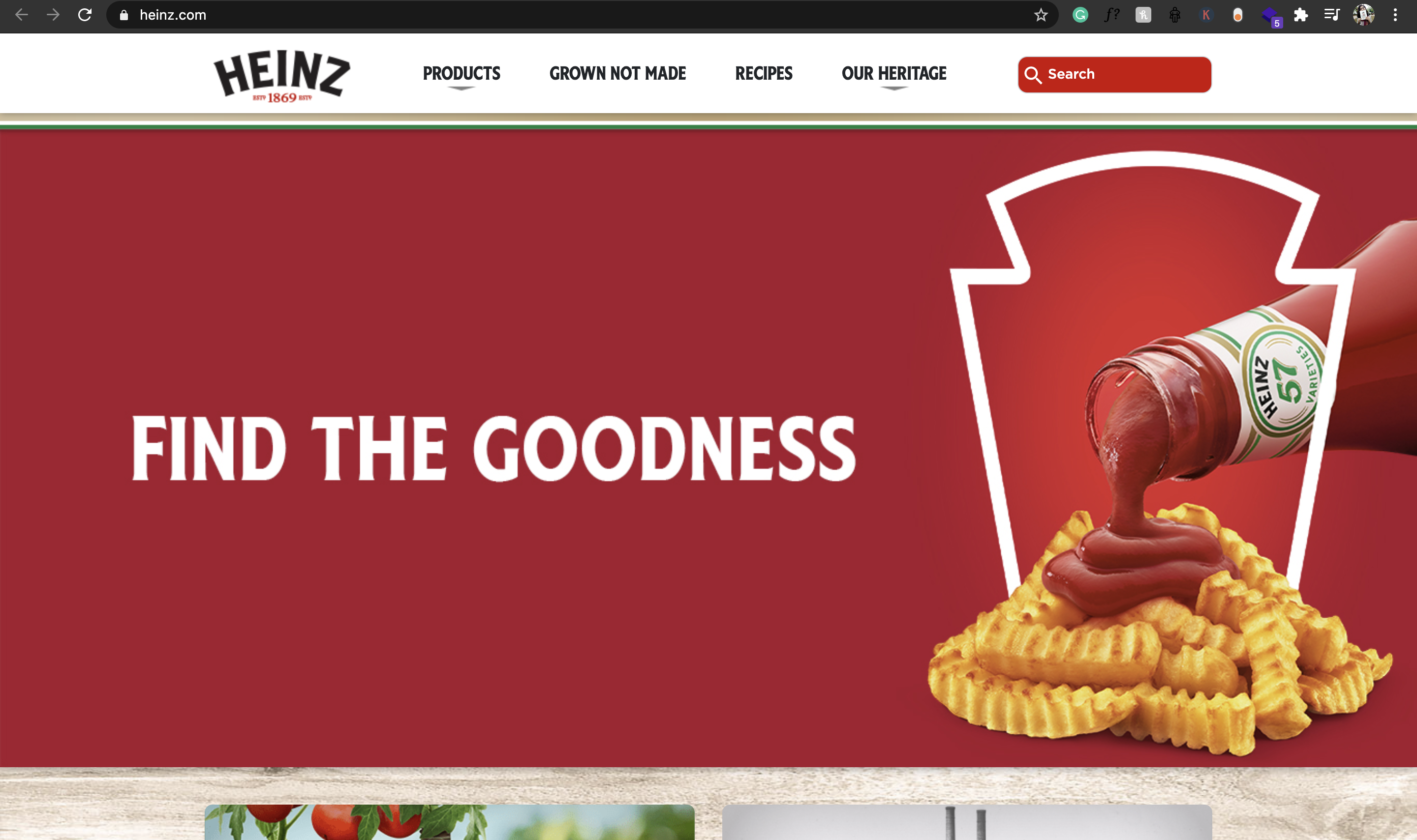
5. Health and beauty
Health and beauty is the second popular industry, right behind fashion. Many businesses sell health products, like superfoods, supplements, and meal-replacement products, establishing themselves as problem solvers in the health industry. Beauty brands like Kylie Cosmetics cater to their customers’ needs by selling beauty products for hair care, skincare, makeup, etc.
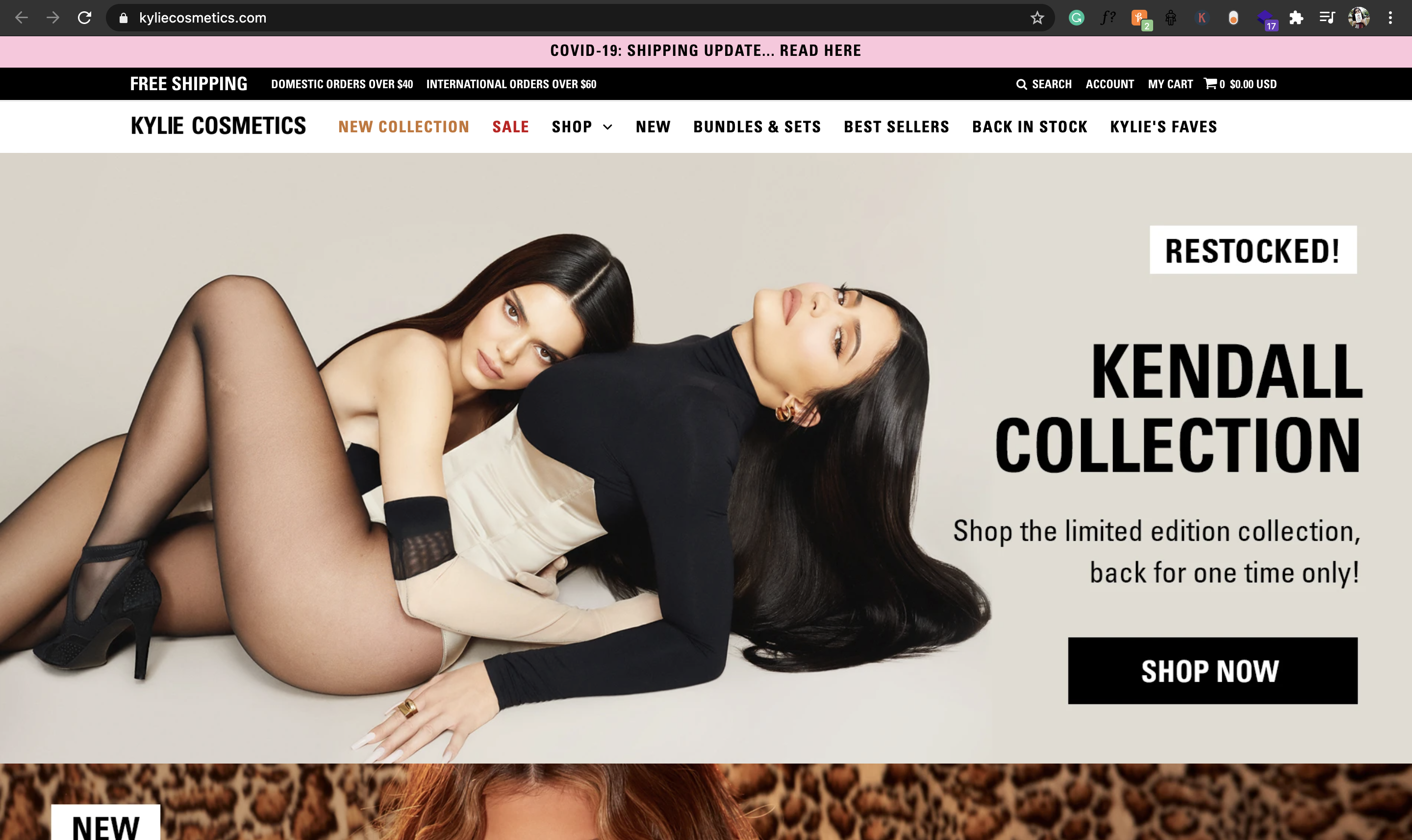
6. How to use Shopify for a Home and garden store
An emerging category is a home and garden. Many businesses sell products that enrich the home and garden for consumers, from gardening tools and plants to home decor and mattresses. Leesa, a mattress brand, and Magnolia Market, a home decor store, are well-known Shopify stores. Some Shopify brands like Ugaao sell plants and seeds to their enthusiastic plant-loving customers.
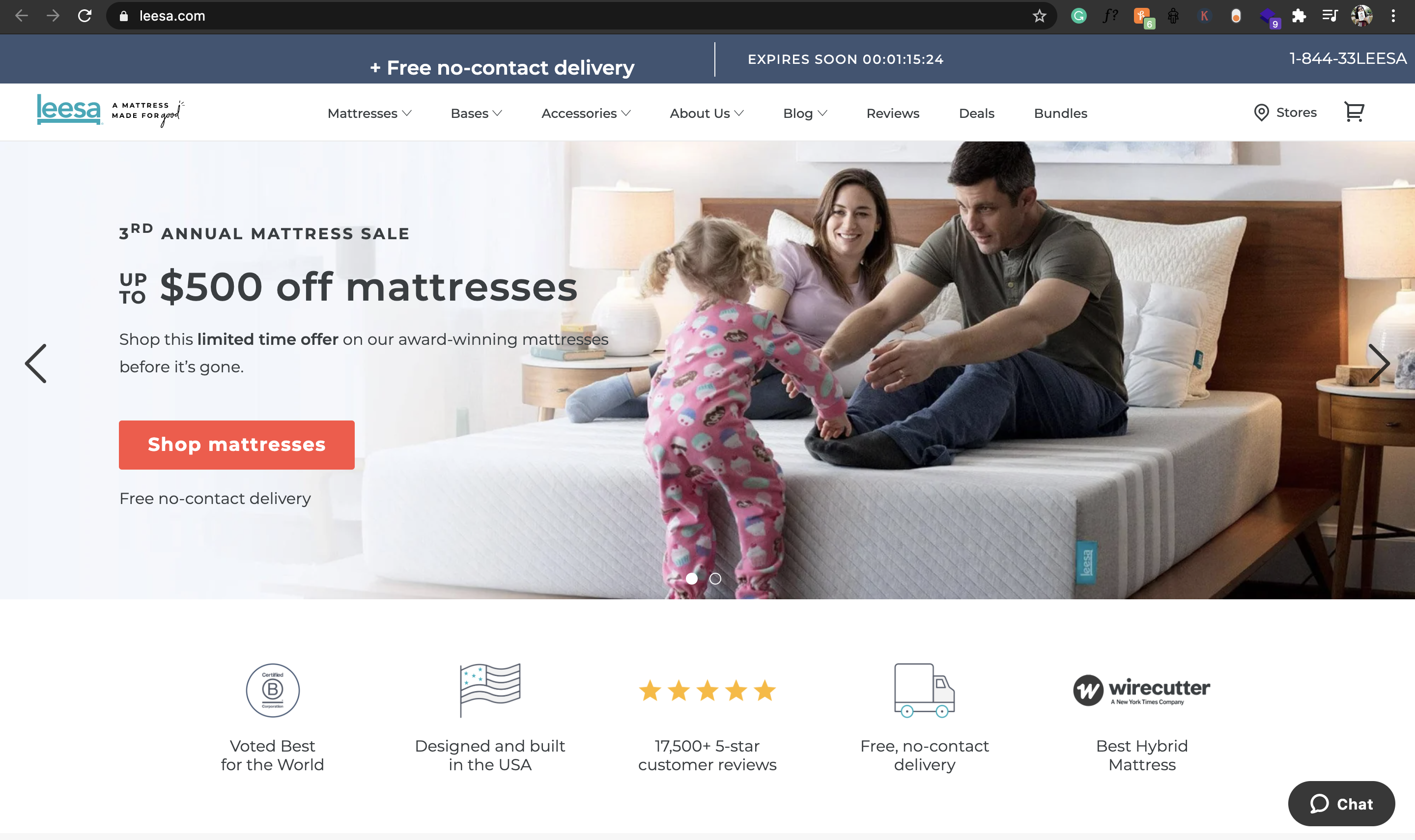
7. How to use Shopify to sell consumer electronics
Many merchants use Shopify to sell consumer electronics like speakers, laptops, phones, and cameras. Many top eCommerce brands have emerged to win a loyal audience base, from headphone stores like Urbanears to stores that sell cameras like MeCam.
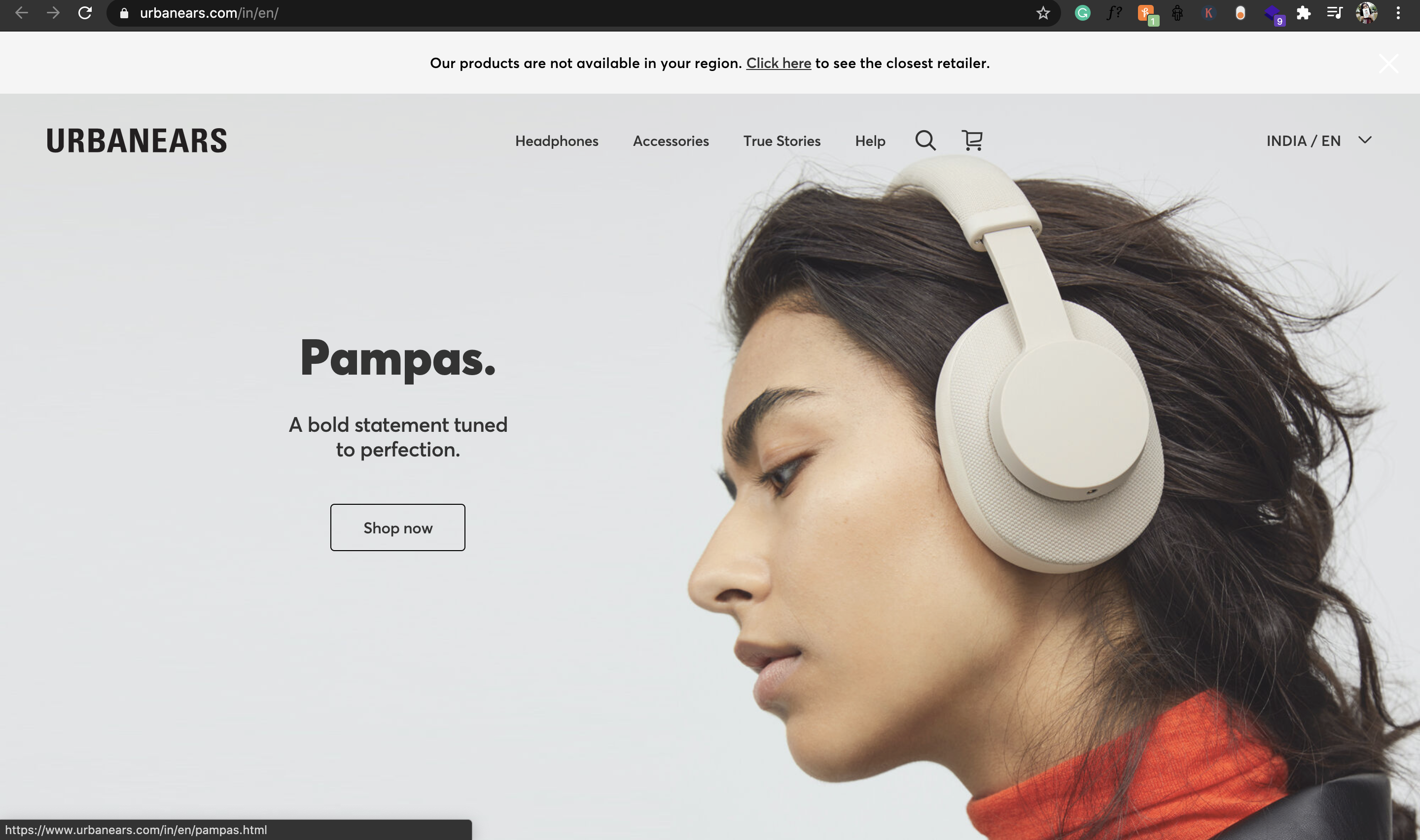
8. Art and entertainment
Whether you sell painting materials, art prints, or turntables, you can easily set up your art and entertainment store using Shopify. Brands like Arteza have set up their online storefront that is branded to fit their personality.
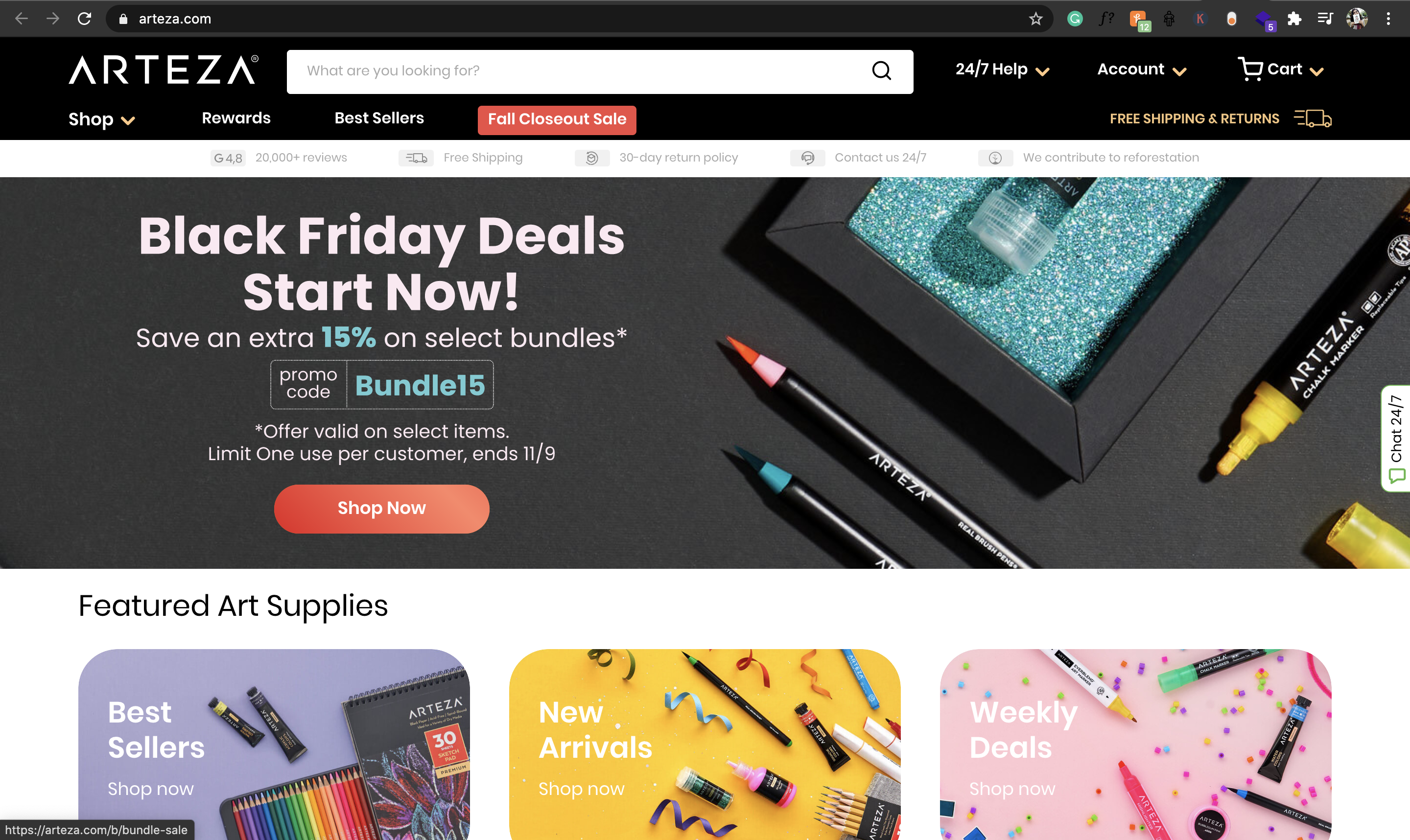
9. Virtual products
Many merchants sell virtual goods like downloadable prints, guides, photo editing presets, etc. If you are passionate about providing such virtual goodies to your customers, you can use Shopify to display the different virtual products you offer. The Lux Lens uses Shopify to sell tools and online courses for photographers.
10. How to use Shopify to sell sporting goods
Brands online sell sporting goods, from equipment and gear that directly help customers play to even accessories like sporting clothes and backpacks. The largest sports brand, Decathlon, uses Shopify to cater to its customers online.
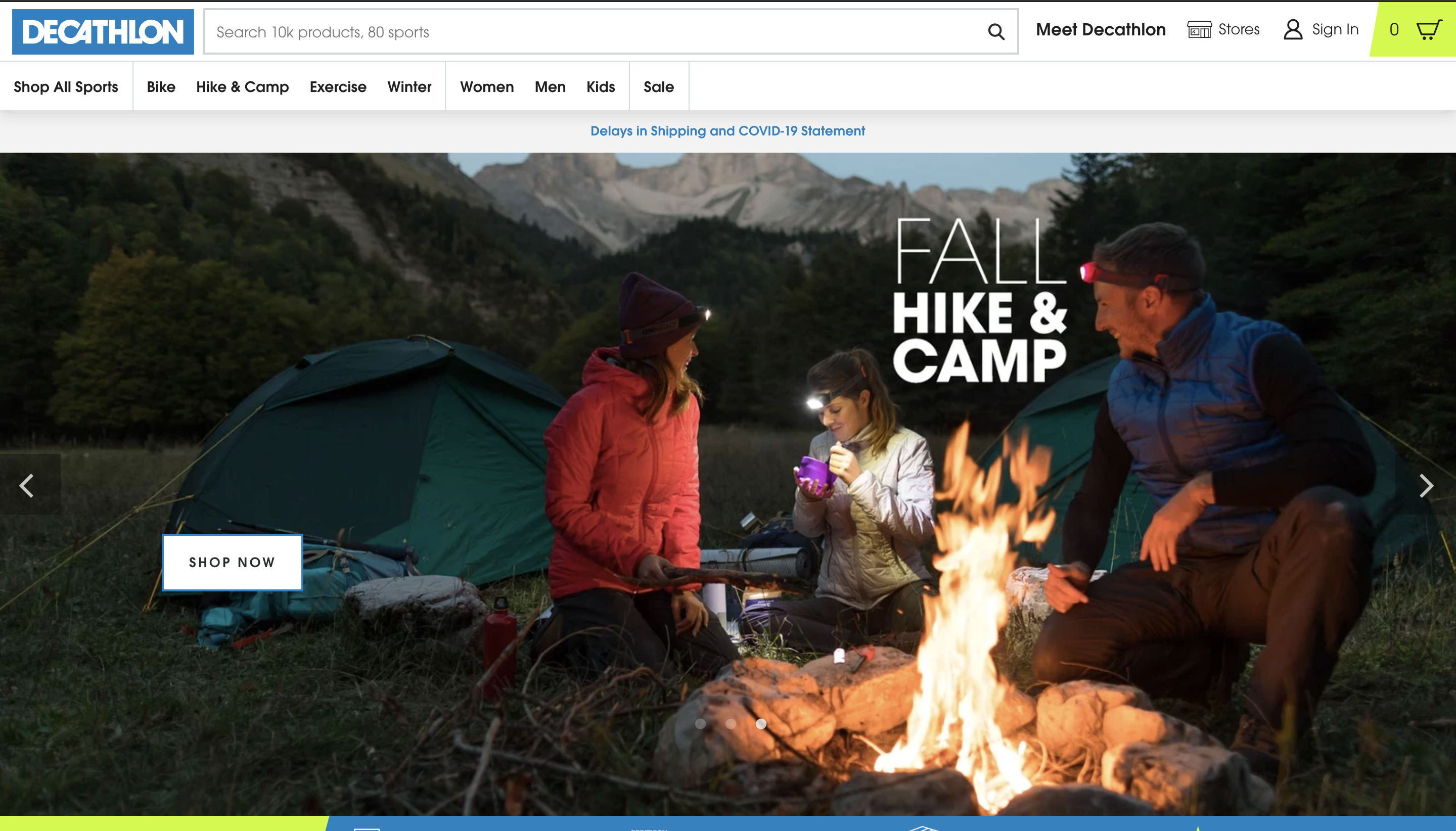
11. Office supplies
Office supplies are consumables and equipment regularly used in offices, from pens and paper to storage items. Staples is a popular brand that sells office supplies. They use Shopify to sell online.
12. How to use Shopify for a toys and games business
Many brands specialize in toys and games made for different age groups. From building blocks to board games, brands can easily set up a storefront to sell their games. Brick Coaster is one example of a Shopify store that has been able to establish itself and grow a loyal audience.
13. Baby and toddler
Many merchants sell baby and toddler related products, from toys and developmental games to nappies and clothes, to even guides. Brands like Bailey’s Blossoms and Lenny Lemons are popular as brands catering to the needs of babies and toddlers.
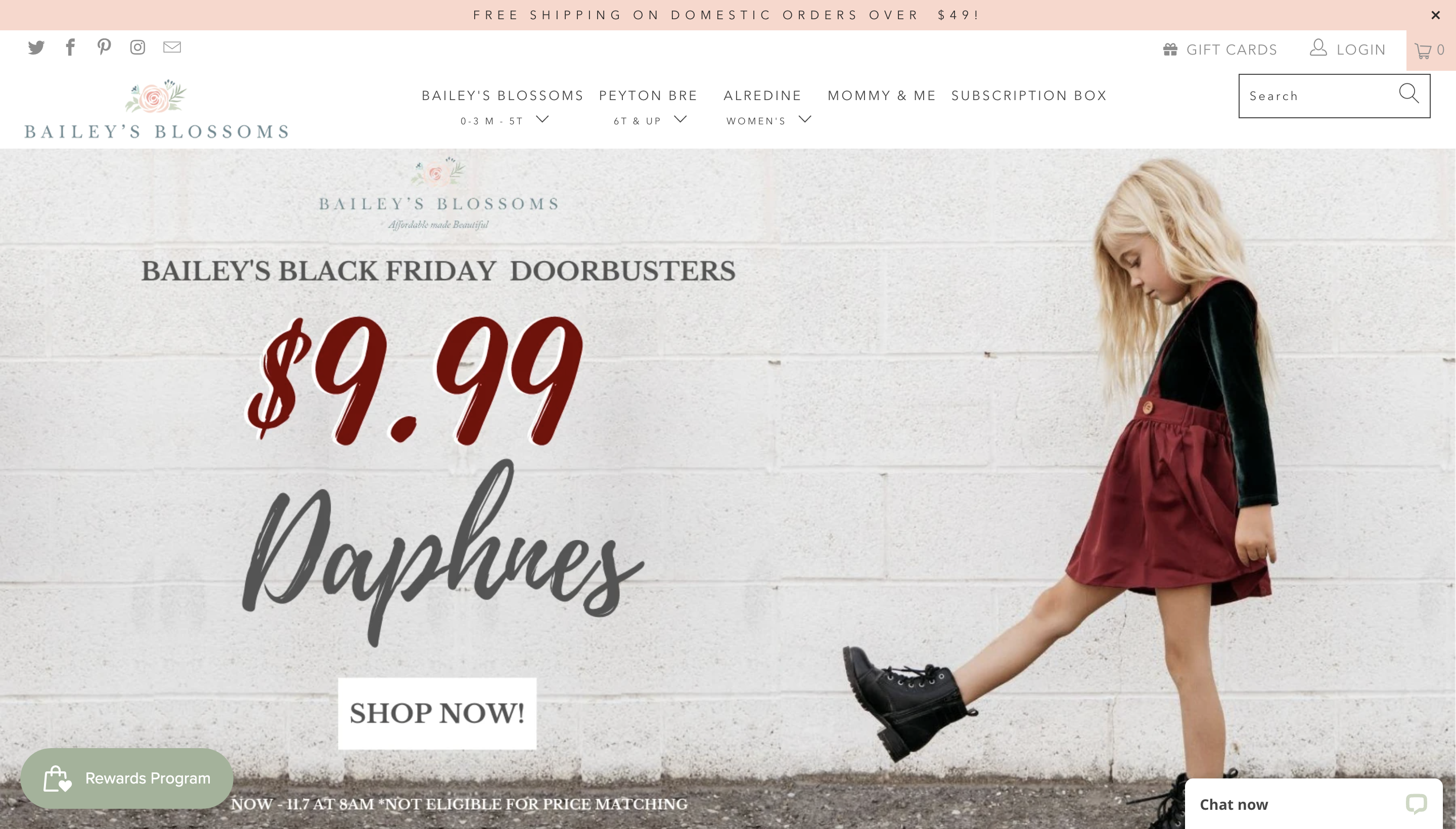
14. How to use Shopify for a furniture business
Sell furniture specifically for different purposes, from bedrooms, offices, to living rooms. Brosa is a premium furniture brand that sells its products through Shopify.
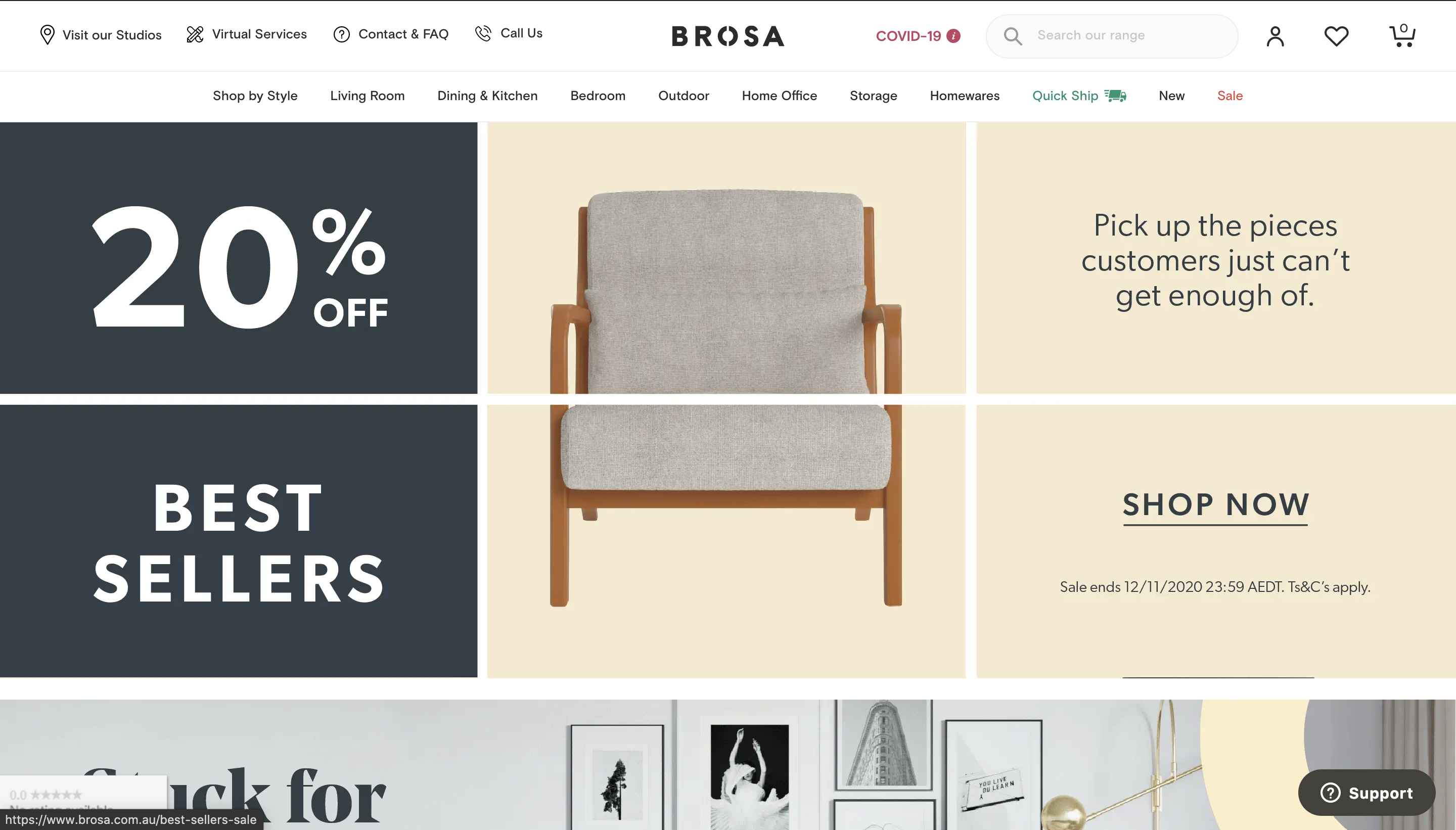
Start an online store with this guide on how to use Shopify
We hope this guide helps you understand how to use Shopify to start your online business. Shopify’s free trial allows you to set up your store and test it out before you start paying for your Shopify plan.
Getting started with Shopify is easy, especially if you have a Shopify expert to help you. Our team of Shopify experts are specialized in the industry and has years of expertise helping merchants across the globe in setting up their online presence.
Wondering how to use Shopify to take your brand online?




